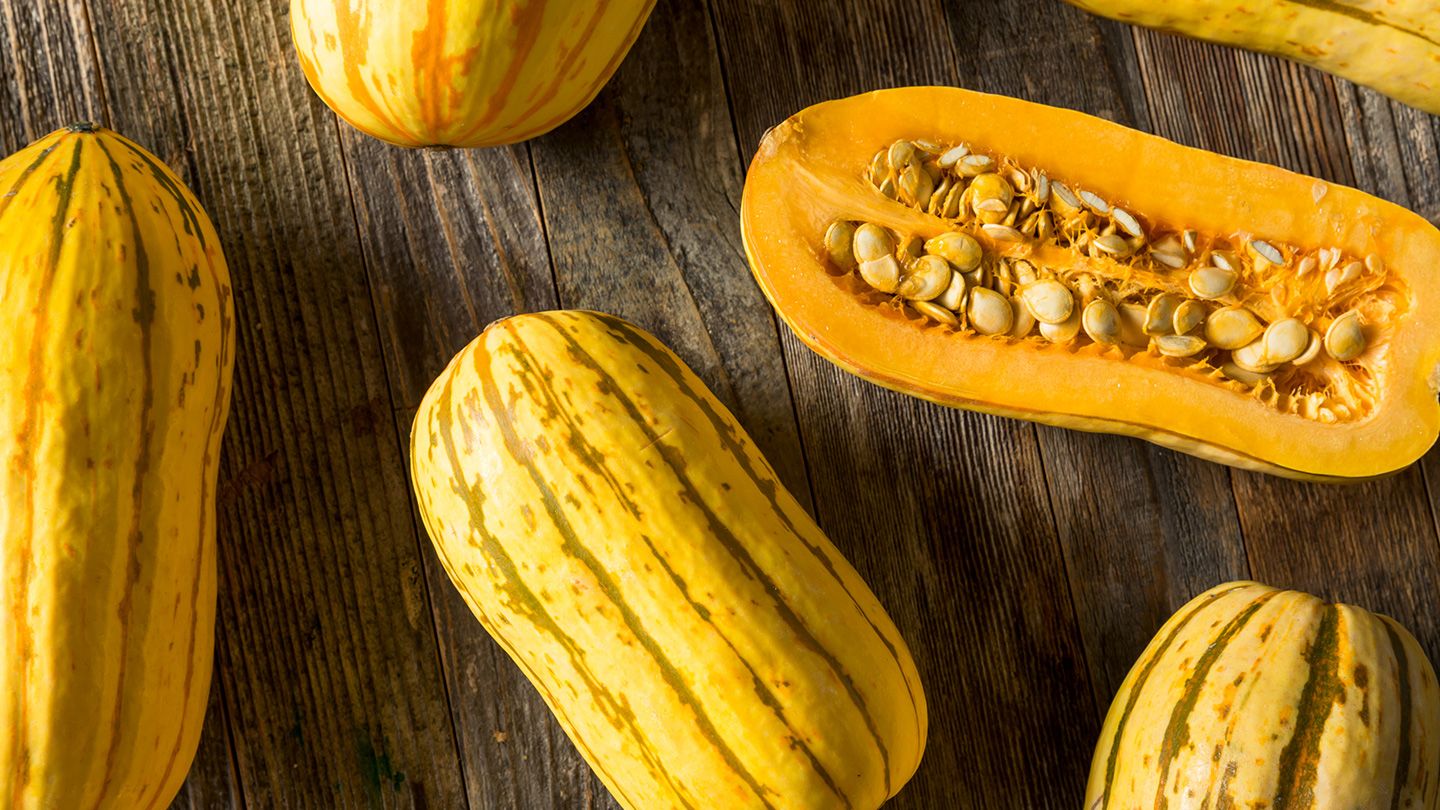

Articles
How To Store Winter Squash
Modified: February 23, 2024
Learn how to properly store winter squash to keep it fresh and flavorful throughout the season. Read our articles for tips and tricks on preserving this delicious vegetable.
(Many of the links in this article redirect to a specific reviewed product. Your purchase of these products through affiliate links helps to generate commission for Storables.com, at no extra cost. Learn more)
Introduction
Welcome to the world of winter squash, a versatile and delicious vegetable that can add a burst of flavor to your meals as the temperature drops. Winter squash comes in various shapes, sizes, and flavors, making it a favorite ingredient for comforting soups, hearty casseroles, and even sweet desserts. Whether you’re a seasoned home cook or a beginner in the kitchen, learning how to properly store winter squash will ensure that you can enjoy its rich flavors throughout the colder months.
In this article, we will explore the different types of winter squash, discuss how to select the right ones for storage, provide step-by-step instructions on how to prepare them for storage, and share the best storage conditions to keep your squash fresh and delicious for as long as possible. We will also cover how to store both whole winter squash and cut pieces, as well as offer tips on checking and maintaining stored squash. Finally, we will explore the various culinary possibilities and share some mouthwatering recipes to inspire your winter squash creations.
Whether you’ve grown your own winter squash in the garden or picked up a variety of squash from the local farmers’ market, knowing how to store them correctly is essential to prolong their shelf life and maintain their quality. Proper storage will ensure that you have a steady supply of winter squash for months to come, adding wholesome and nutritious ingredients to your meals.
So, let’s dive into the wonderful world of winter squash and discover the secrets to keeping these savory delights fresh and ready for your culinary adventures.
Key Takeaways:
- Embrace the versatility of winter squash by storing it properly to enjoy its rich flavors for months. Follow key steps like selecting, preparing, and maintaining to savor the culinary possibilities.
- From acorn to kabocha, winter squash offers a world of flavors. Store whole or cut squash in optimal conditions to extend shelf life. Explore creative recipes and savor the natural sweetness.
Read more: How To Store Acorn Squash For The Winter
Types of Winter Squash
When it comes to winter squash, there is a wide variety of options to choose from, each with its own unique flavor, texture, and culinary applications. Let’s take a look at some of the most popular types of winter squash:
Acorn Squash
Acorn squash is named for its distinctive shape, which resembles an acorn. It has a mild, slightly sweet flavor, and its flesh is tender and smooth when cooked. The skin of acorn squash is typically dark green, although there are also golden and multicolored varieties available. Acorn squash is delicious when roasted, stuffed, or turned into creamy soups.
Butternut Squash
Butternut squash is one of the most well-known and beloved types of winter squash. It has a creamy, smooth texture and a rich, nutty flavor. Its elongated shape and pale orange skin make it easy to recognize. Butternut squash is versatile in the kitchen and can be used in a wide range of recipes, including soups, stews, risottos, and roasted vegetable dishes.
Spaghetti Squash
Spaghetti squash gets its name from the unique texture of its cooked flesh, which resembles long strands of spaghetti. When cooked, the inside of the squash can be scraped out with a fork, creating a low-carb, gluten-free alternative to pasta. Spaghetti squash has a mild taste that pairs well with various sauces and toppings, making it a popular choice for those seeking a healthier pasta substitute.
Read more: How To Store Butternut Squash For The Winter
Kabocha Squash
Kabocha squash, also known as Japanese pumpkin, has a thick, mottled green skin and dense, sweet flesh. It has a rich, sweet flavor with a hint of nuttiness, making it a popular choice for both savory and sweet dishes. Kabocha squash is often used in Japanese cuisine, where it is commonly made into tempura, stews, and even desserts.
These are just a few examples of the many types of winter squash available. Other popular varieties include delicata squash, Hubbard squash, and buttercup squash, each offering its own unique flavor and culinary possibilities. When selecting winter squash, consider the flavor and texture you desire and experiment with different varieties to discover your personal favorites.
Selecting the Right Winter Squash
When it comes to selecting winter squash for storage, it’s important to choose squash that is in good condition and will stay fresh for an extended period. Here are some tips to help you select the right winter squash:
Choosing a Firm Squash
When picking up a winter squash, give it a gentle squeeze. A good squash should feel firm and heavy for its size. Avoid squash that feels soft, mushy, or has any indentations, as these could indicate that the squash is overripe or beginning to spoil. Additionally, check that the stem is attached and firm, as a loose or dry stem can be a sign that the squash is older.
Inspecting the Skin for Blemishes
Examine the skin of the squash for any blemishes, cuts, or bruises. Winter squash should have a smooth and intact skin. However, don’t be alarmed if you see spots or patches of discoloration, as these are often just natural markings and won’t affect the flavor or quality of the squash. It’s the deep cuts or soft spots that you should avoid, as they may indicate rot or decay.
If you’re purchasing pre-packaged squash, check that the package is free of any signs of moisture or condensation, as this can promote mold growth and spoilage.
It’s worth noting that different varieties of winter squash have different skin colors and textures, so use your judgment based on what is typical for that particular type of squash. Trust your instincts and choose squash that appears fresh and healthy.
By selecting firm and blemish-free winter squash, you can ensure that you will have the best quality squash to store and enjoy throughout the winter months. Don’t be afraid to ask your local farmers or vendors for recommendations or advice on choosing the best winter squash available.
Read more: How To Save Winter Squash Seeds
Preparing Winter Squash for Storage
Before storing winter squash, it’s important to properly prepare them to ensure maximum freshness and longevity. Here’s a step-by-step guide on how to prepare winter squash for storage:
Cleaning the Squash
Start by giving your winter squash a good rinse under cool running water. Use your hands or a vegetable brush to gently scrub away any dirt or debris on the skin. This helps remove any potential contaminants that could contribute to spoilage. Once cleaned, pat the squash dry with a clean towel to remove excess moisture.
Cutting and Removing Seeds
Next, determine if you want to store your squash whole or in cut pieces. If you plan to store them whole, skip this step. However, if you prefer to cut your squash into smaller pieces for storage, carefully cut the squash in half or into wedges, depending on the size and shape of the squash.
Using a spoon or a sharp knife, scoop out the seeds and fibrous strands from the center of the squash. Set the seeds aside if you want to save them for roasting or use them for other purposes.
Peeling or Leaving the Skin On
Decide whether you want to store your winter squash with the skin on or peeled. Some varieties of squash, like butternut and delicata, have edible skins that become tender and delicious when cooked, so you can store them with the skin intact. However, if you prefer to store your squash peeled, use a vegetable peeler or a sharp knife to carefully remove the skin.
Keep in mind that the skin of some winter squash varieties, such as acorn squash, can be quite tough and difficult to peel. In such cases, it may be easier to store them with the skin on and remove it before cooking.
By following these steps, you can ensure that your winter squash is properly cleaned and prepared for storage. Whether you choose to store them whole or in cut pieces, the key is to eliminate any potential sources of decay or spoilage, allowing your squash to stay fresh and tasty for an extended period.
Read more: How To Store Squash
Best Storage Conditions for Winter Squash
Proper storage conditions are crucial for maintaining the freshness and quality of winter squash. Here are the key factors to consider when determining the best storage conditions for winter squash:
Temperature and Humidity Requirements
Winter squash prefers cool and dry conditions for storage. The ideal temperature range for storing winter squash is between 50°F (10°C) and 55°F (13°C). Avoid storing squash at temperatures below 50°F (10°C), as this can cause chilling injury and affect the flavor and texture.
Humidity is also an important factor. Winter squash requires a moderate level of humidity, around 50-70%. Too high humidity can lead to mold and rot, while low humidity can cause the squash to dry out and lose its flavor. You can monitor humidity levels using a hygrometer or by observing any signs of excess moisture or drying on the squash.
Preferred Storage Locations
The best storage location for winter squash is a cool, dark, and well-ventilated area. Basements, cellars, or cool closets are ideal if they meet the temperature and humidity requirements. Ensure that the storage area is free from any pests or rodents that may damage or contaminate the squash.
Avoid storing winter squash near fruits or vegetables that produce ethylene gas, as it can accelerate the ripening process and shorten the storage life of the squash. Keep the squash away from potatoes, apples, and other produce that release ethylene gas as they mature.
It’s important to space out the squash to allow for proper air circulation, reducing the risk of mold growth. Avoid stacking or overcrowding the squash, as this can lead to bruising or increased moisture build-up.
If you don’t have access to a suitable storage area, you can also consider storing winter squash in a refrigerator. However, keep in mind that refrigeration can affect the texture and flavor of some varieties. If you choose to refrigerate your squash, place them in a perforated plastic bag to maintain humidity while allowing for slight airflow.
By providing the right temperature, humidity, and storage location, you can maximize the shelf life of your winter squash and enjoy the fresh, sweet flavors for several months.
Storing Whole Winter Squash
If you prefer to store your winter squash whole, it’s important to take the necessary steps to protect and preserve their freshness. Here’s how to store whole winter squash:
Read more: How To Store Squash Blossoms
Wrapping and Protecting the Squash
Start by inspecting the squash to ensure there are no soft spots or blemishes. Wrap each squash individually in a layer of newspaper or a paper bag. This helps provide insulation and protect the squash from fluctuations in temperature and humidity.
You can also use plastic wrap or food-grade plastic bags to wrap the squash, but make sure to poke a few small holes in the plastic to allow for slight airflow and prevent moisture buildup. Excess moisture can result in spoilage and mold growth.
Placement in Storage Area
Once wrapped, place the wrapped squash in a single layer in your chosen storage area. Ensure that there is enough space between the squash to allow for proper air circulation and minimize the risk of mold formation.
It’s a good idea to check on the stored squash periodically to ensure there are no signs of spoilage or rot. If you notice any squash starting to deteriorate, promptly remove it to prevent the spread of decay to the other squash.
Remember to store your winter squash away from other fruits and vegetables that produce ethylene gas, as this can accelerate the ripening process and lead to premature spoilage. Potatoes, apples, and melons are particularly known for increasing ethylene gas production.
By wrapping and protecting your whole winter squash and placing them in a cool and well-ventilated storage area, you can extend their shelf life and enjoy their delicious flavors for an extended period.
Storing Cut Winter Squash
If you prefer to store your winter squash in cut pieces, it’s important to take proper precautions to maintain their freshness. Here’s how to store cut winter squash:
Packaging and Sealing Cut Pieces
After cutting your winter squash into desired pieces, it’s essential to protect them from drying out and developing freezer burn. Use airtight containers or heavy-duty freezer bags to package the cut squash securely. Remove as much air as possible from the containers or bags to minimize the risk of freezer burn.
If using containers, leave a small amount of space at the top to allow for expansion during freezing. This prevents the containers from breaking as the squash freezes and expands.
If using freezer bags, squeeze out excess air before sealing. Consider double-bagging the squash for added protection against freezer burn and odors from other foods in the freezer.
Read more: How To Store Squash In The Fridge
Refrigeration or Freezing options
Once properly packaged, you have two options for storing cut winter squash: refrigeration or freezing.
If you plan to use the cut squash within a week, refrigeration is a suitable option. Place the sealed containers or bags in the refrigerator’s crisper drawer or on a shelf near the back where the temperature is colder and more stable.
If you want to store the cut squash for a longer period, freezing is the best option. Place the packaged squash in the freezer, ensuring they are laid flat for even freezing. The ideal freezer temperature for storing cut squash is below 0°F (-18°C).
When you are ready to use the frozen squash, thaw them in the refrigerator overnight. Avoid thawing it at room temperature to prevent bacterial growth.
It’s worth noting that freezing can affect the texture of winter squash, making it softer and sometimes a bit watery when thawed. Because of this, frozen squash is best used in cooked dishes, such as soups, stews, or casseroles, rather than as a standalone side dish.
By properly packaging and storing cut winter squash in the refrigerator or freezer, you can enjoy the convenience of having pre-cut squash readily available for your favorite recipes throughout the winter.
Checking and Maintaining Stored Winter Squash
Once you have stored your winter squash, it’s important to periodically check and maintain them to ensure they remain fresh and free from spoilage. Here are some tips for checking and maintaining stored winter squash:
Regular Inspections for Spoilage
Set a schedule to inspect your stored winter squash regularly. Check each squash individually for any signs of spoilage, including mold, soft spots, or a foul smell. Pay close attention to any areas where multiple squash are touching, as this can create a breeding ground for mold or decay.
If you notice any squash showing signs of spoilage, such as a soft spot or visible mold, remove it immediately to prevent the spread of decay to other squash. Promptly discard any spoiled squash.
Rotating Squash if Necessary
If you are storing large quantities of winter squash, it’s a good idea to rotate them periodically. Move the squashes around, bringing the ones stored in the back to the front. This helps ensure even air circulation and minimizes the chances of any squash being forgotten or left to spoil.
During the rotation process, inspect each squash as mentioned earlier before placing it back in the storage area. This allows you to catch any potential issues early and maintain the overall quality of your stored winter squash.
Remember to keep an eye on the temperature and humidity levels in your storage area. Make adjustments if necessary to maintain the optimal conditions for storing winter squash. Monitor any changes in temperature or humidity that could affect the shelf life of the squash.
By regularly inspecting and maintaining your stored winter squash, you can ensure that they remain fresh and delicious for an extended period. These simple steps help preserve the quality of the squash and prevent spoilage, allowing you to enjoy their flavors throughout the winter season.
Read more: How To Store Kabocha Squash
Using Stored Winter Squash
Now that you have stored your winter squash successfully, it’s time to explore the delicious possibilities of using them in your culinary creations. Here are some tips on cooking and preparing stored winter squash, along with recipe ideas to inspire you:
Cooking and Preparing Squash for Consumption
There are numerous ways to cook winter squash, depending on the variety and your desired outcome. You can roast, steam, sauté, or purée it, among other methods. The cooking times will vary depending on the specific recipe and the texture you want to achieve.
To prepare winter squash for cooking, start by removing the skin if desired. For many varieties, leaving the skin on can add to the dish’s flavor and texture. However, if you prefer a smoother consistency, peeling the squash is recommended.
Once peeled, cut the squash into the desired shape and size for your recipe. You can dice it for stir-fries, cut it into slices or cubes for roasting, or steam it in chunks for mashing.
Experiment with different flavor combinations by adding spices and seasonings like cinnamon, nutmeg, garlic, thyme, or rosemary. Winter squash is incredibly versatile and can be used in both savory and sweet dishes.
Recipes and Meal Ideas
– Roasted Butternut Squash Soup: Peel, seed, and cut butternut squash into cubes. Toss with olive oil, salt, and pepper, then roast in the oven until tender. Blend the roasted squash with vegetable broth, onion, garlic, and your choice of herbs until smooth. Heat and serve for a comforting bowl of soup.
– Stuffed Acorn Squash: Cut acorn squash in half and remove seeds. Roast the halves until tender. In a separate pan, sauté a mixture of quinoa, vegetables, and spices of your choice. Fill the roasted acorn squash halves with the quinoa mixture, sprinkle with cheese, and bake until the cheese is melted and bubbly.
– Spaghetti Squash “Pasta”: Cook spaghetti squash by halving it, removing the seeds, and roasting or microwaving until the strands easily separate with a fork. Toss the cooked strands with your favorite sauce, such as marinara, pesto, or alfredo, and top with grated cheese or fresh herbs for a delicious low-carb pasta alternative.
– Kabocha Squash Curry: Peel and cut kabocha squash into cubes. Sauté onion, garlic, and your choice of curry paste in a pot. Add the cubed squash, coconut milk, and vegetable broth. Simmer until the squash is tender and the flavors are well combined. Serve over rice or with naan bread for a satisfying and flavorful curry dish.
These are just a few ideas to get you started, but don’t be afraid to experiment and get creative with winter squash. They can be used in countless recipes, such as salads, risottos, tarts, and even desserts like pumpkin pie or butternut squash muffins.
Enjoy the natural sweetness and versatility of stored winter squash in your kitchen, and let your taste buds guide you on a flavorful culinary journey.
Conclusion
Winter squash is a wonderful vegetable that brings warmth, flavor, and nourishment to our tables during the colder months. Knowing how to store winter squash properly ensures that we can enjoy its deliciousness for extended periods, even after the harvest season has ended. By following the tips and techniques outlined in this article, you can maximize the shelf life and maintain the quality of your stored winter squash.
From acorn squash to butternut, spaghetti squash to kabocha, each variety offers its own unique taste and culinary potential. Whether you choose to store them whole or in cut pieces, the key is to provide the optimal storage conditions of moderate temperature, proper humidity, and good air circulation.
Regular inspections and maintenance are crucial to monitor the condition of the stored squash and promptly remove any spoiled ones to prevent further deterioration. By rotating the squash and ensuring that each one is checked, you can extend their shelf life and reduce waste.
When it’s time to use your stored winter squash, the culinary possibilities are endless. Roast them, puree them into luscious soups, stuff them with flavorful fillings, or add them to curries and stews. The natural sweetness and versatility of winter squash make them a star ingredient in both savory and sweet dishes.
Embrace the flavors and richness of winter squash by trying out new recipes and experimenting with different seasonings and cooking techniques. Let your creativity flourish as you incorporate these vibrant and nutritious vegetables into your meals.
So, whether you’re enjoying a steaming bowl of butternut squash soup on a chilly evening or savoring the sweet simplicity of roasted spaghetti squash, the knowledge and practices shared in this article will help you make the most of your stored winter squash.
Cheers to the joy and abundance that winter squash brings to our tables all season long!
Frequently Asked Questions about How To Store Winter Squash
Was this page helpful?
At Storables.com, we guarantee accurate and reliable information. Our content, validated by Expert Board Contributors, is crafted following stringent Editorial Policies. We're committed to providing you with well-researched, expert-backed insights for all your informational needs.
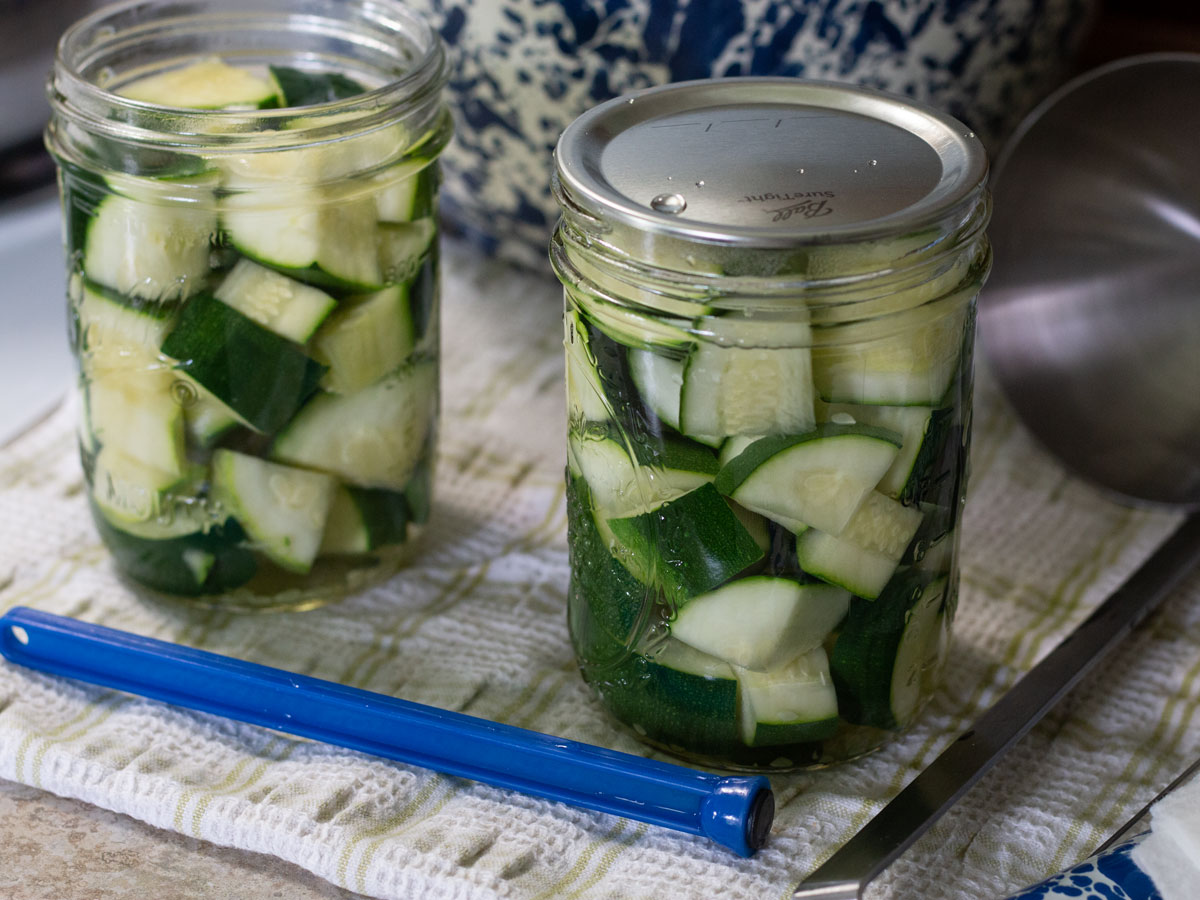
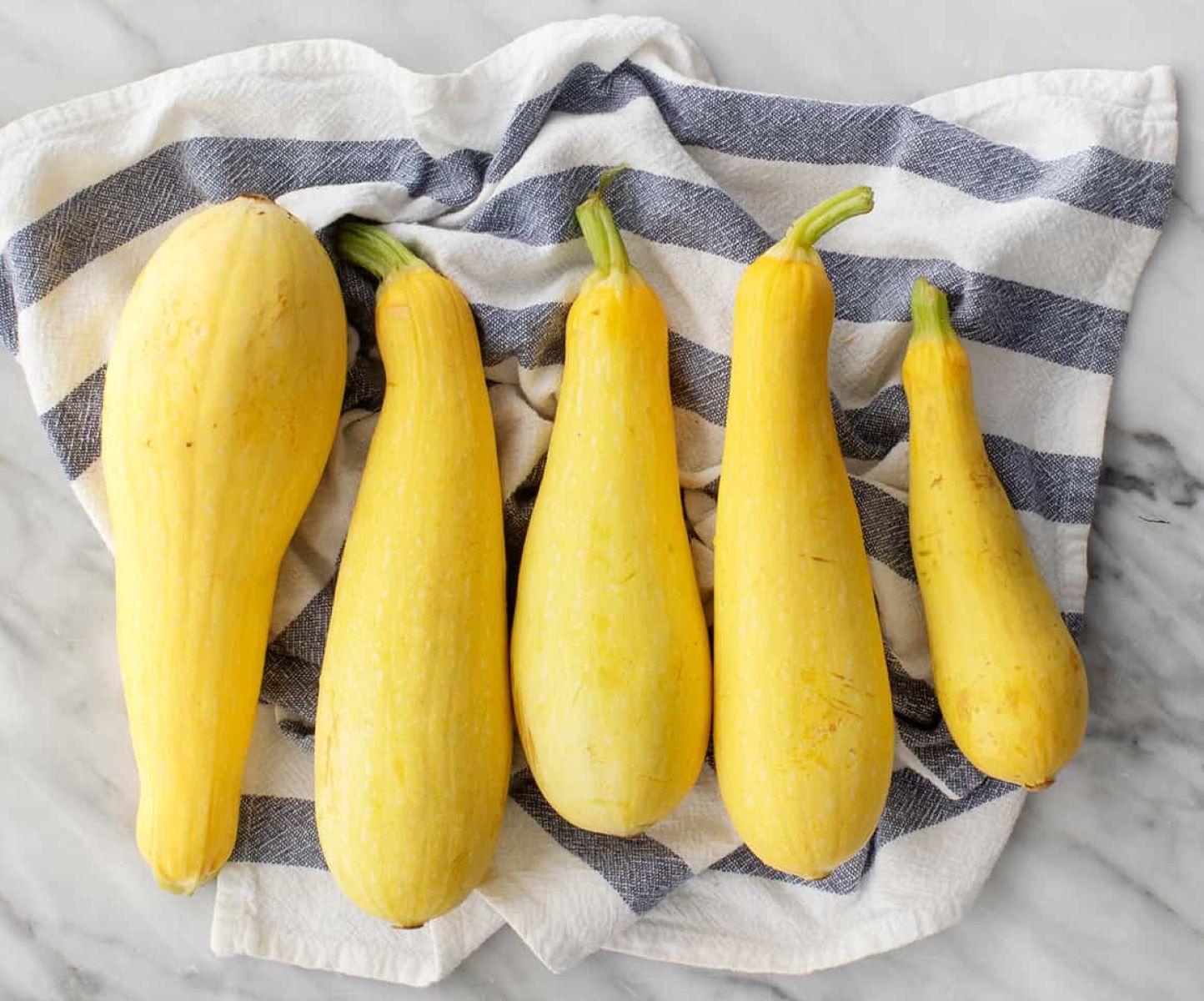
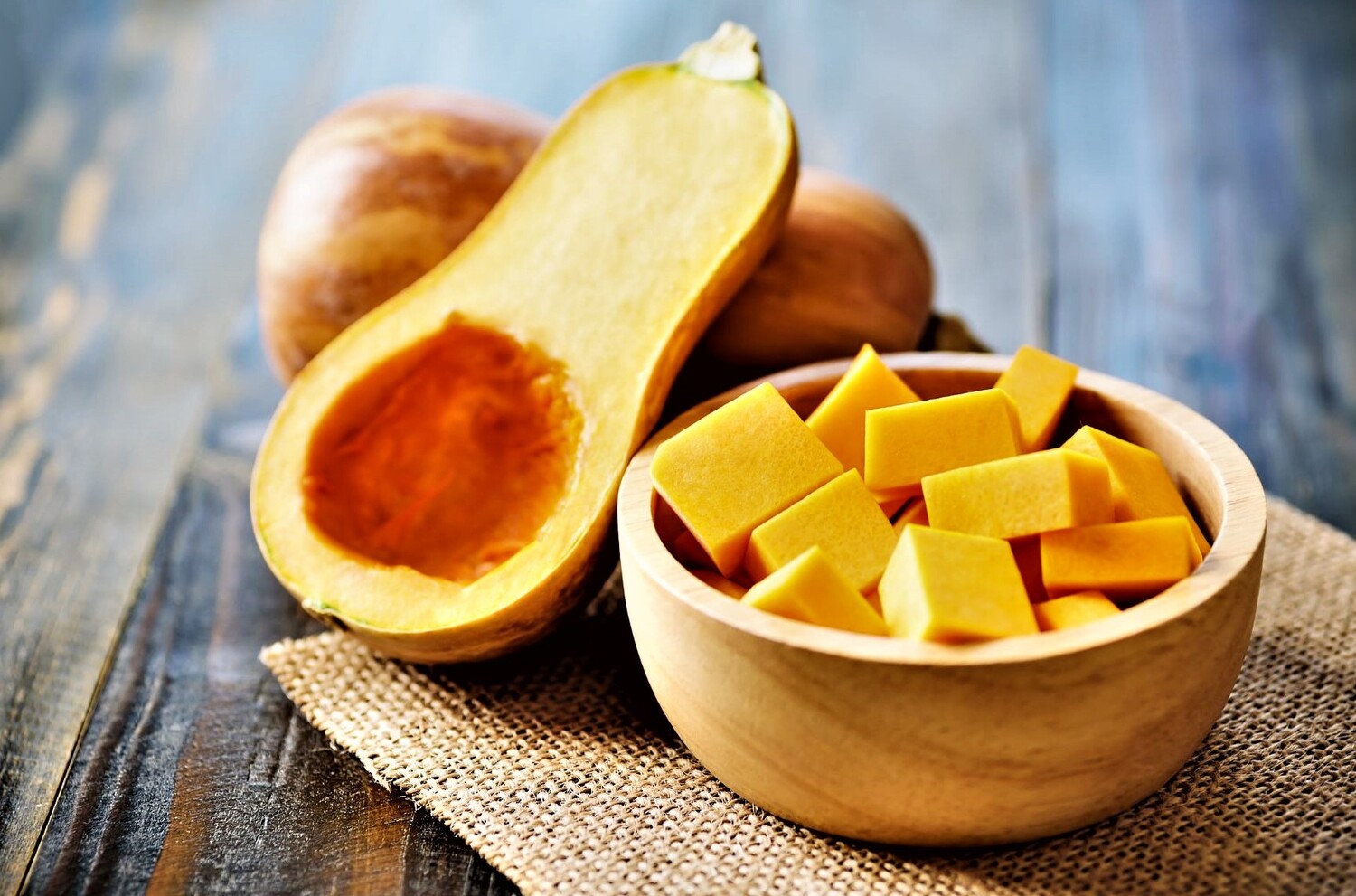
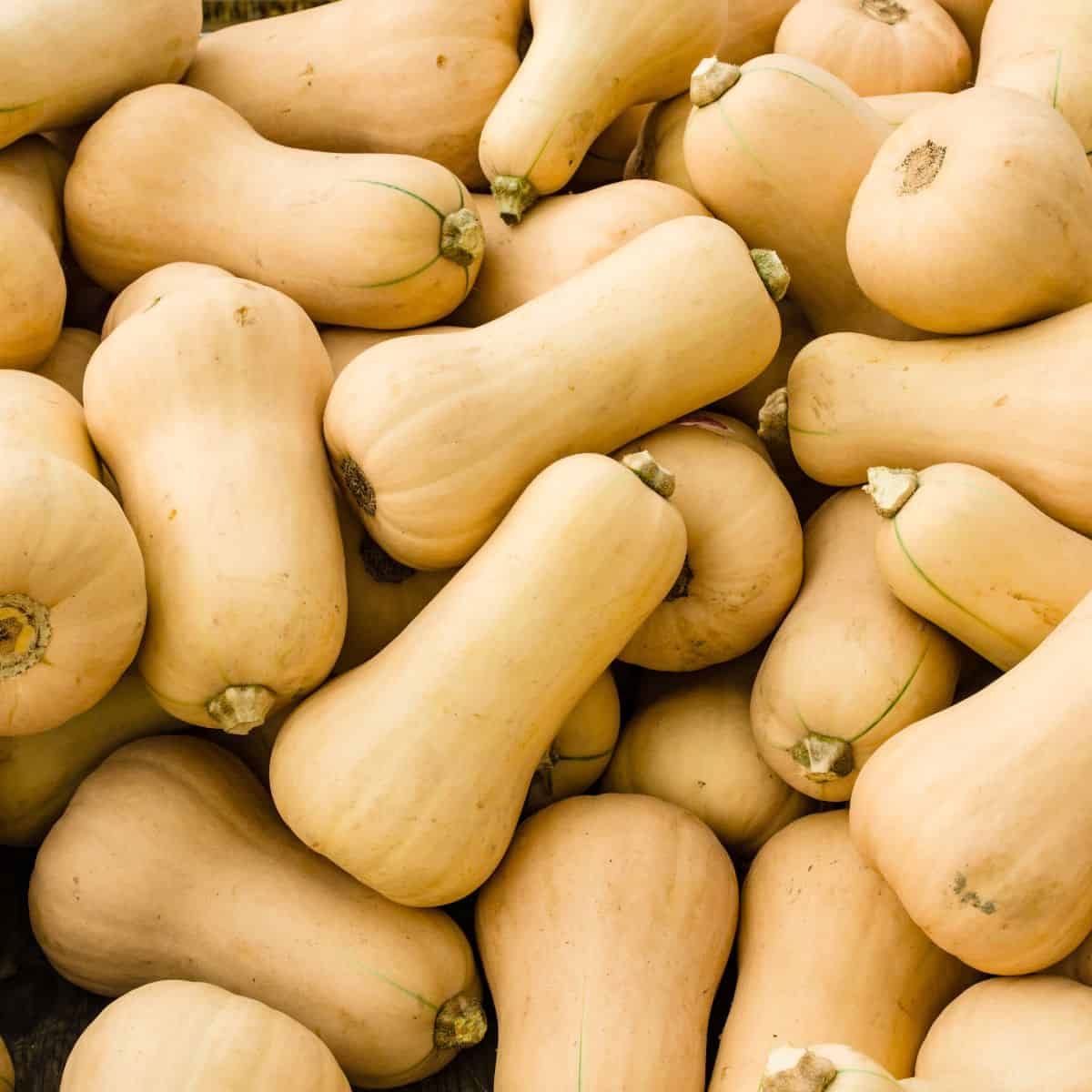


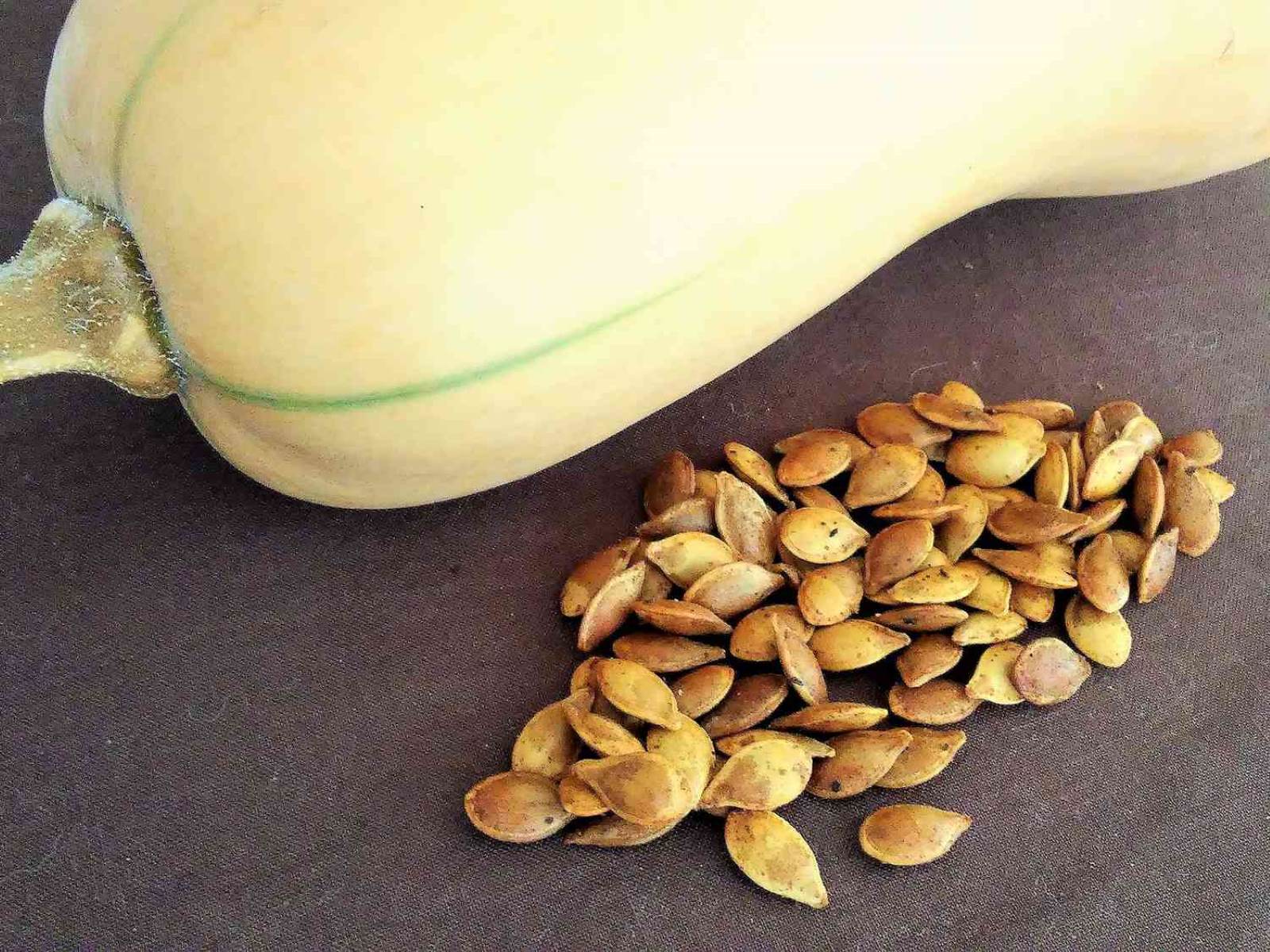
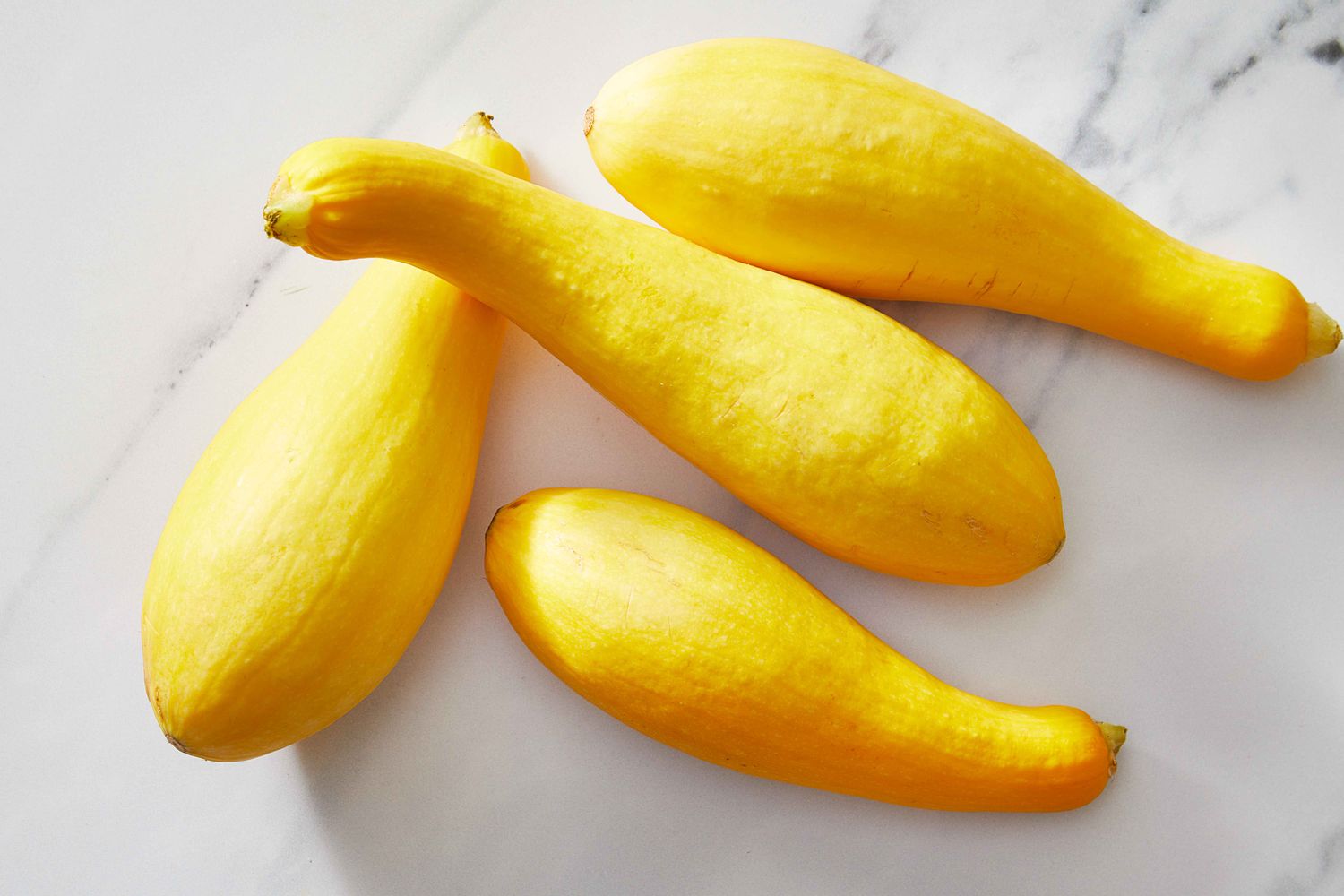
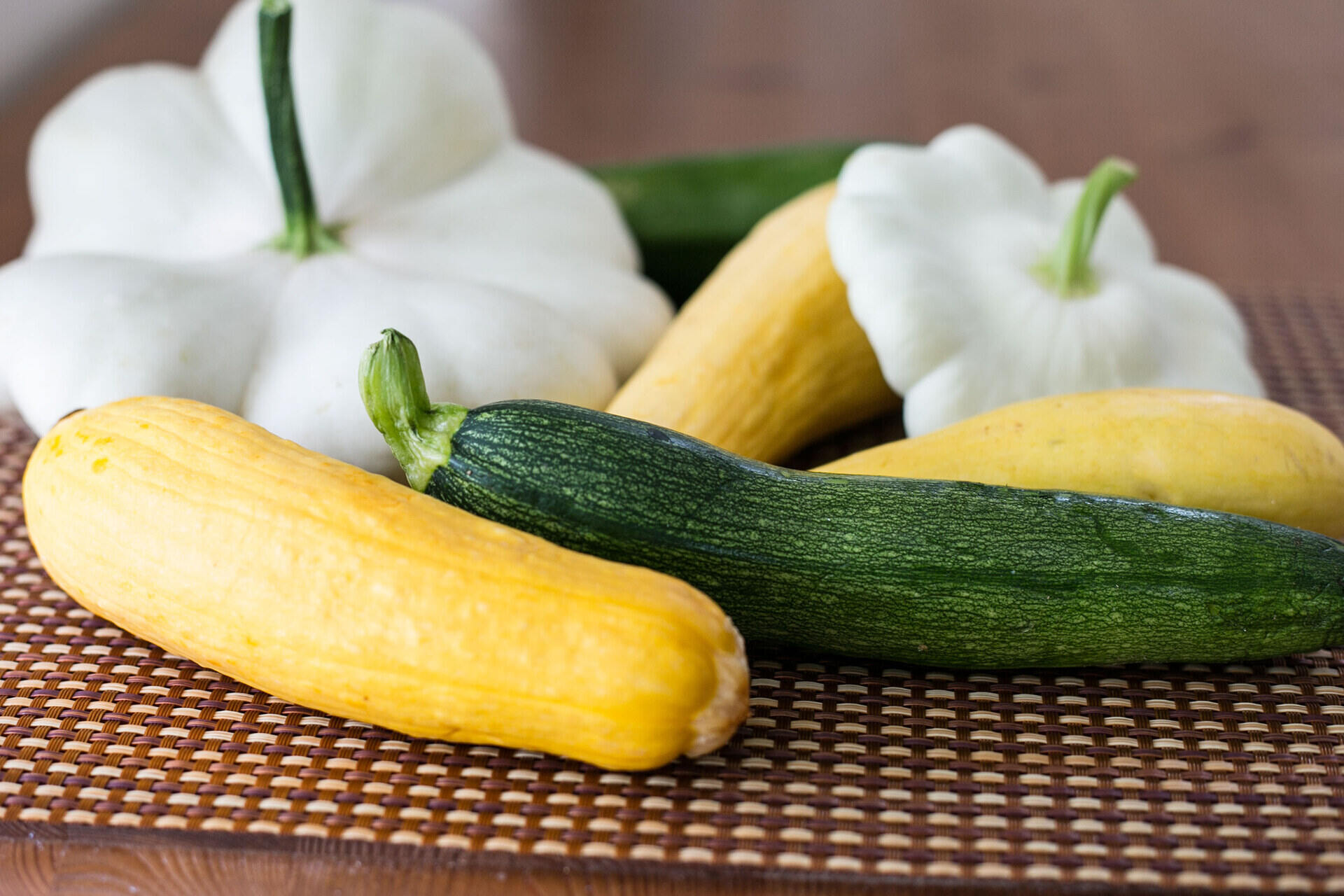

0 thoughts on “How To Store Winter Squash”